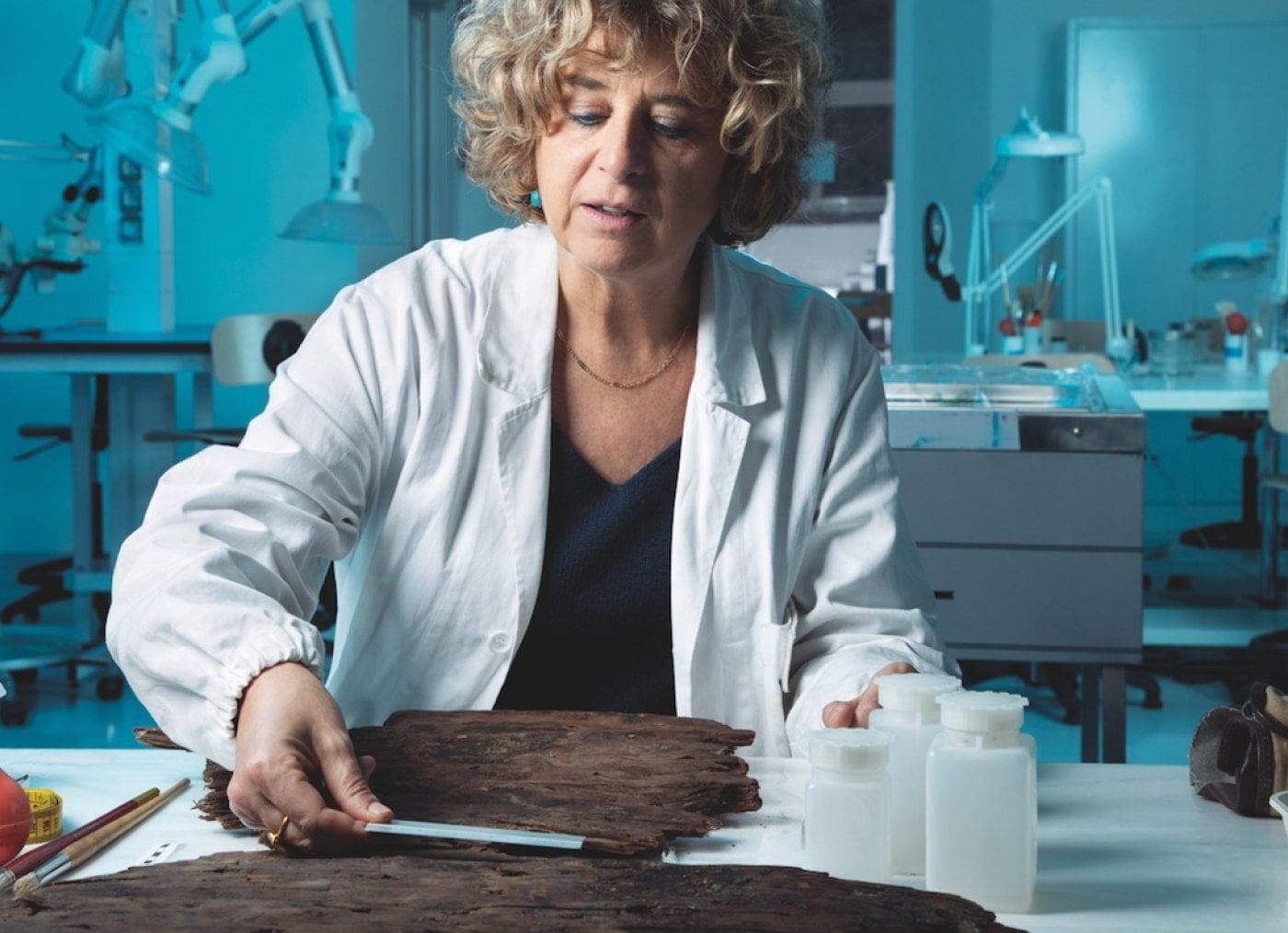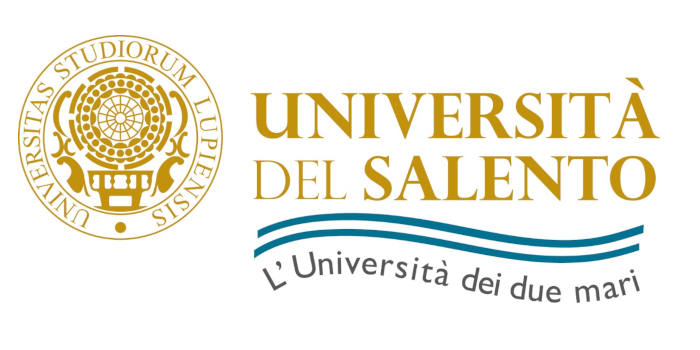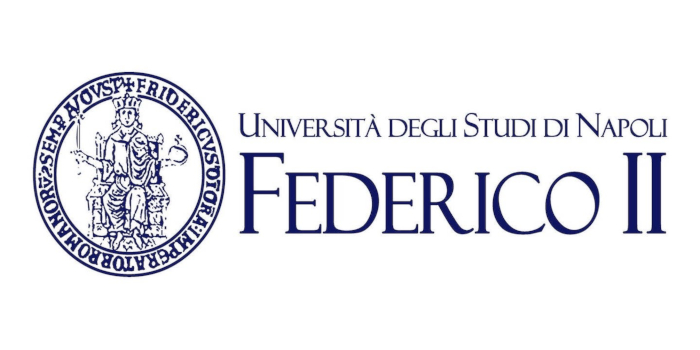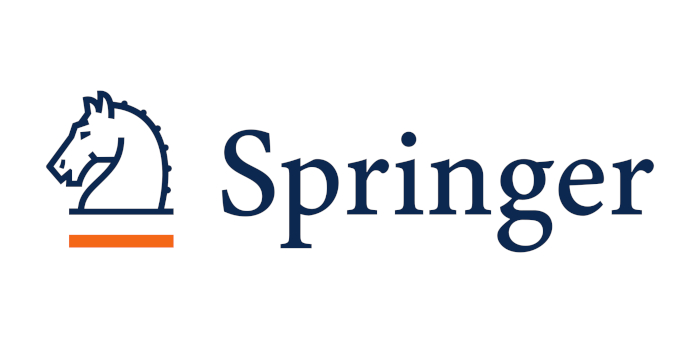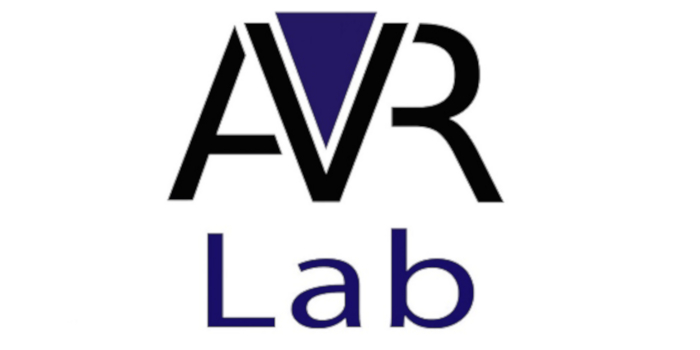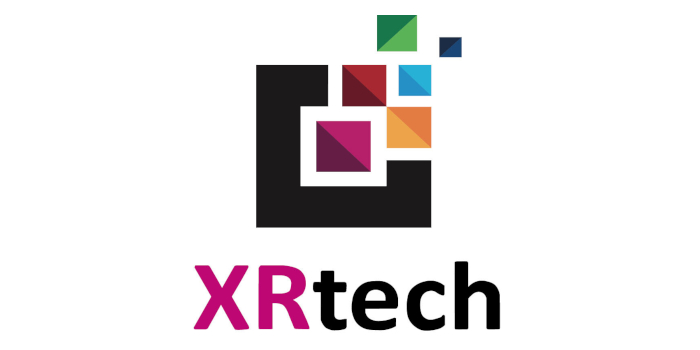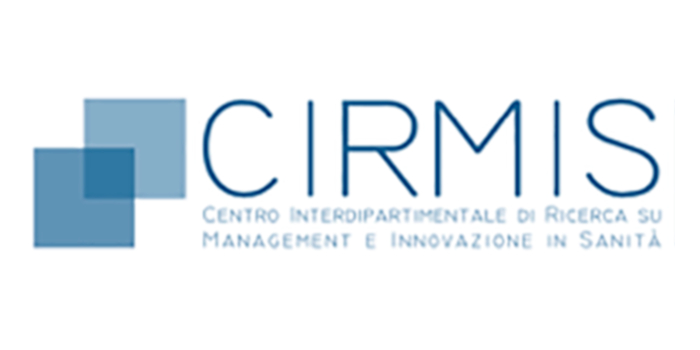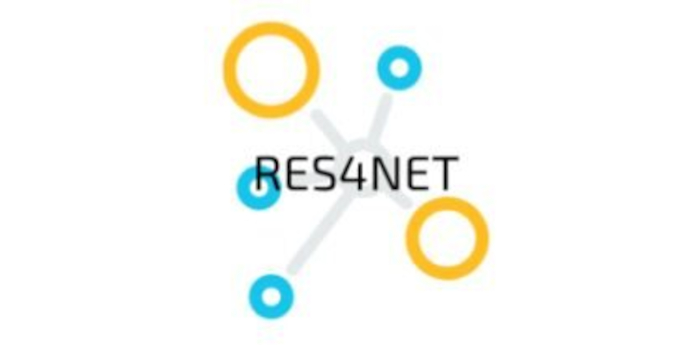PANEL
Tradition and Innovation: Heritage Conservation in the Digital Era. The Transformative Impact of AI

ABSTRACT
The intersection of traditional conservation practices and emerging digital technologies represents a pivotal moment in cultural heritage management. Innovative digital tools are revolutionizing the preservation of cultural assets by transforming archival methodologies, restoration techniques, and artifact documentation. These advancements are particularly relevant for the protection of underwater cultural heritage, where submerged archaeological sites and retrieved artifacts require tailored conservation strategies that integrate both established methodologies and technological innovation.
ICR is actively exploring how artificial intelligence and advanced digital solutions can reshape approaches to preserving, documenting, and understanding historical artifacts, both terrestrial and underwater. By addressing the needs of a plurality of stakeholders, its research emphasizes accessible and adaptable methodologies that ensure sustainable heritage management. In the context of underwater cultural heritage, digital technologies facilitate improved site monitoring, material analysis, and conservation strategies for objects recovered from aquatic environments.
By integrating machine learning, computer vision, and data analytics, cultural institutions can now implement more precise and comprehensive preservation frameworks. These innovations contribute to advanced diagnostic assessments, non-invasive research methodologies, and enhanced accessibility to historical materials, fostering interdisciplinary collaboration and broader public engagement. Particularly in underwater archaeology, research focusing on visualization, storytelling, and virtual restoration highlights the potential of these technologies in reconstructing submerged sites and contextualizing artifacts for scholarly study and digital dissemination.
As the field of cultural heritage preservation continues to evolve, the synergy between traditional conservation approaches and digital methodologies is reshaping heritage documentation, protection, and accessibility. Underwater cultural heritage, in particular, benefits from these advancements, ensuring both in situ conservation and effective conservation of recovered materials while expanding opportunities for research, education, and public appreciation.
Emerging digital technologies are transforming cultural heritage preservation by enhancing conservation assessments, documentation, and public engagement. In underwater archaeology, AI-driven analysis, computer vision, and automation improve the precision of site and artifact evaluations. Advanced digital tools facilitate real-time monitoring, visualization, and restoration strategies, making heritage more accessible. These innovations support interdisciplinary research and sustainable conservation practices. ICR is actively studying these technologies to refine conservation methodologies, ensuring effective site preservation, research documentation, and public appreciation.
In this field, ICR has initiated a number of collaborations with research organisations, including CNR ISTI in Pisa and the Opera della Primaziale Pisana, with the aim of focusing research on case studies of relevant interest. The research explores applying neural networks trained on generic datasets to specialized stone material degradation analysis. By using transfer learning, the study aims to develop an AI system capable of detecting subtle surface deterioration patterns in outdoor environments, bridging advanced machine learning techniques with conservation science.
PANELISTS
Luigi Oliva
Director of the Central Institute for Restoration at the Ministry of Culture
He holds a degree in Architecture from IUAV, a PhD in History from the University of Salento, and a Master’s degree in Industrial Archaeology from the University of Padua. He has completed postdoctoral research fellowships and served as a research fellow at the University of Salento and the University of Foggia. He has also been a subject expert in the History of Architecture (University of Salento), Architectural Design (University of Sassari), and Cultural Heritage Legislation (School of Specialization in Architectural and Landscape Heritage, Sapienza University of Rome). Previously, he served as an official at the Appia Antica Archaeological Park (Ministry of Culture), where he was responsible for territorial protection, site management, and the design of restoration and enhancement projects for historic assets and contexts. He has taught Urban Archaeology at the University of Sassari and collaborated with the Medieval Archaeology and Political-Economic Geography laboratories at the University of Salento. He has also participated in numerous archaeological excavations and academic research initiatives. As a freelance professional, he has developed restoration and conservation projects for historical and architectural heritage. He regularly writes and publishes on topics related to restoration, architectural history, historical-archaeological landscapes, and architectural and urban design.
Serena Di Gaetano
Senior conservator - restorer at ICR (stone and mosaic laboratories)
Serena Di Gaetano is a senior conservator-restorer with a strong academic and professional background in art history and restoration of cultural heritage. She earned her degree in Art History from the University of Bologna in 2005, followed by a specialisation in 2008. In 2015, she completed her second degree in Conservation and Restoration of Cultural Heritage at the University of Turin. Most recently, she pursued a PhD at the University of Basilicata (expected 2025), focusing on rock-cut contexts and hypogean environments. Since 2018 is a public servant in the position of conservator-restorer at the Istituto Centrale per il Restauro (ICR), working within the stone and mosaic laboratories. Her responsibilities include teaching stone and mosaic conservation, project planning, and consultancy for institutions and organisations, primarily within the scope of the Italian Ministry of Culture (MiC). Her research interests and her publications centre on the polychromy of stone surfaces and ancient mosaic tecniques, on classical and medieval decorative systems, on the value of Cultural Heritage and on the conservation of complex and fragile environments.
Claudio Santangelo
3d expert a ICR (Documentation department)
Claudio Santangelo is an 3d expert working at the Istituto Centrale per il Restauro (ICR), currently serving in the Documentation department. He has a degree in visual arts disciplines (Academy of Fine Arts in Rome, 1998) and a freelance experience in digital documentation and photography. Since 2000 he works for the Ministry of Culture and since 2016 at ICR. His responsibilities include teaching and tutoring at Master degree course in Conservation and Restoration in Rome and Matera (Photogrammetry, Survey Techniques and 3d scanning) and consultancy for institutions and organisations. He leads research initiatives focused on innovative techniques for digital 3D documentation and survey methodologies. He is the ICR advisor at the Ministry for digitalization of cultural heritage.
Lucia Modesto
Graduate student in Conservation and Restoration of Cultural Heritage at ICR
Lucia is a graduate student in Conservation and Restoration of Cultural Heritage at ICR Matera. Her passion for stone materials and monumental architectural surfaces has led her to investigate conservation challenges specific to outdoor environments as the focus of her master's thesis. She is currently conducting research on integrating surface analysis data to develop more accessible and comprehensive consultation systems for conservation professionals.
Giulia Severini
Senior conservator - restorer at ICR (stone and mosaic laboratories)
Giulia Severini holds a Master’s Degree in Conservation and Restoration of Cultural Heritage from Istituto Centrale per il Restauro and a Bachelor’s Degree in Art History from Sapienza University of Rome. Since 2024, she has been working as a Senior Conservator-Restorer at the Istituto Centrale per il Restauro (ICR). Previously, from 2018 to 2024, she held the same role at the Museo Nazionale Romano where she oversaw the preservation of sculpture, frescoes and mosaics belonging to the collection of the museum and served as a courier, responsible for overseeing the transportation, handling, and installation of artworks for national and international exhibitions. Her expertise lies in the restoration of stone materials, architectural surfaces and mosaics, with focuses on nanotechnology applications for stone preservation and laser cleaning on stone surfaces, having participated in European conservation project (Nano-Cathedral Project) and worked on the large restoration site of the Pisa Cathedral (2016-2018). She authored publications on conservation methodologies and executions techniques. She is also proficient in conservative protocols, artworks handling and packing for safe transportation. She is currently involved in numerous conservative and enhancement projects for the Cultural Heritage, collaborating with non-profit organizations, such as Opera della Primaziale Pisana, with National Research Centers and with Carabinieri Command for the Protection of Cultural Heritage.
Barbara Davidde
Senior Archaeologist- Director of the Underwater Archaeology Interventions Unit – ICR
Since 2019 she is Member of the Scientific and Technical Advisory Body (STAB) - the 2001 UNESCO Convention on the protection of the Underwater Cultural Heritage (Paris). From May 2021 to May 2022, she was President of STAB (annual office).
Between 2020 and 2024, she served as Director of the National Superintendency for Underwater Cultural Heritage (SN-SUB) within Italy’s Ministry of Culture (MiC), overseeing conservation strategies and research initiatives at the national and international level. Additionally, she held the position of interim Director of the Superintendency for Archaeological, Artistic, and Historical Heritage of Brindisi and Lecce (2021–2022). She has directed the Underwater Archaeology Interventions Unit at the Central Institute for Restoration (ICR) from 2011 to 2023, leading pioneering projects aimed at the conservation in situ and enhancement of UCH, and archaeological research.
Her research has focused on the restoration and conservation of underwater archaeological sites since 2001, including her involvement as a researcher in the Restoring Underwater Project. As the designer and scientific coordinator of multiple international and national initiatives, she has contributed to the advancement of underwater archaeological technologies and the enhancement of submerged cultural assets through projects funded by PON CULTURA E SVILUPPO - FESR 2014-2020, H2020, EASME, H2020 MSCA-RISE, H2020 JPI Cultural Heritage, Interreg MED 2014-2023, and CREA-CULTURE (2021-COOP-HORIZON).
Her earlier fieldwork includes co-directing underwater expeditions in Yemen (Qana’-Bir'ali, 1996–1998) and Oman (Sumhuram-Khor Rori, 1997–1998), Libya (Leptis Magna Region, 2019- on course) and Greece (Lemnos Island and Epidaurus-Palaia Epidavros, 2018-on course).
A dedicated educator, she has held academic positions since 2009, including as Adjunct Professor of Underwater Archaeology at Roma Tre University and, since 2024, at the Polytechnic of Bari—School of Specialization in Architectural Heritage and Landscape. She has previously lectured on archaeological research methodology and classical archaeology at the ICR’s MA School for Cultural Heritage Conservation and Restoration (Matera and Rome, 2017–2020).
She has authored over 100 publications, including monographs, scientific articles, and book chapters, contributing significantly to the discourse on underwater archaeology and conservation methodologies.







